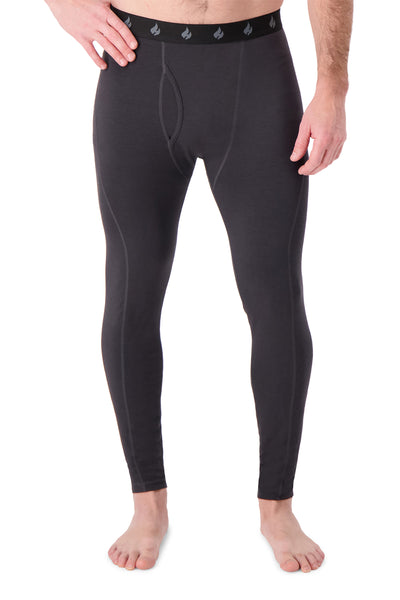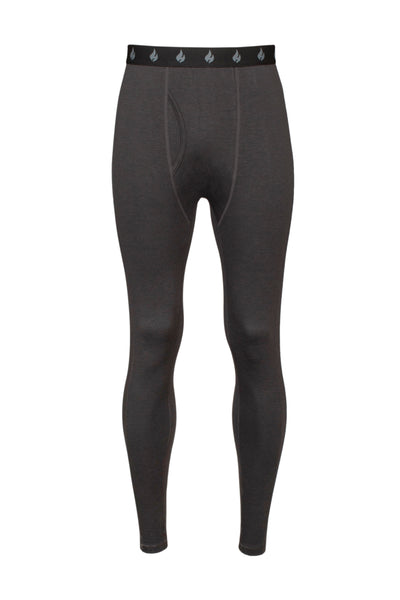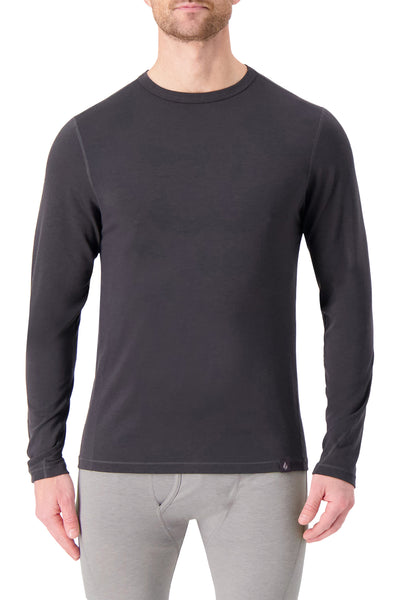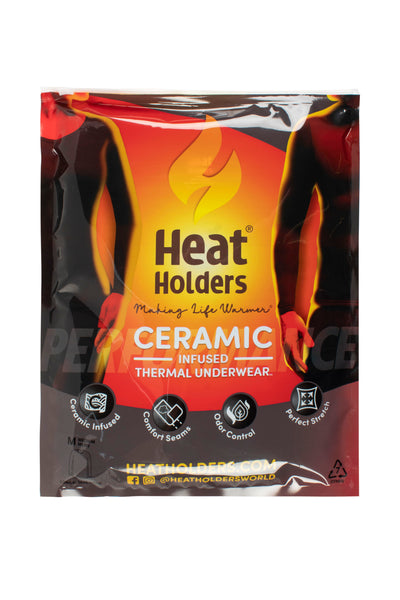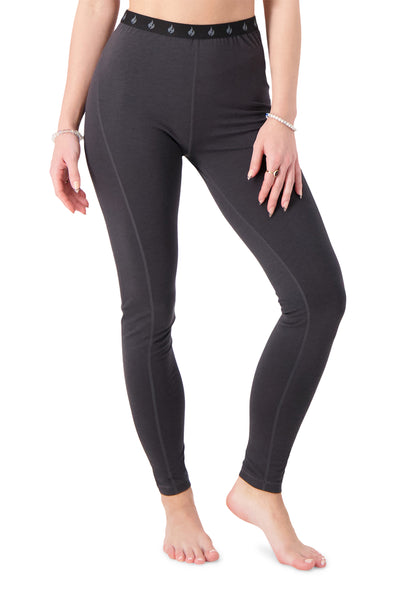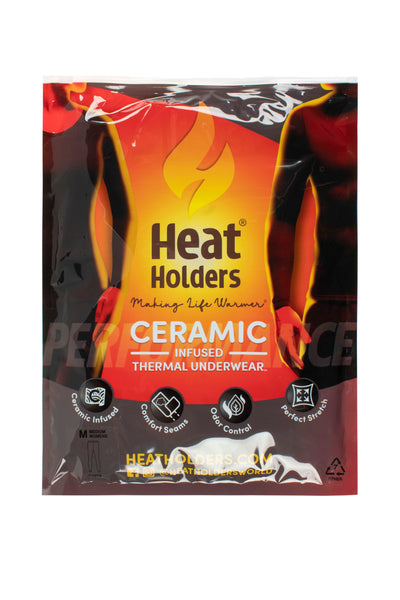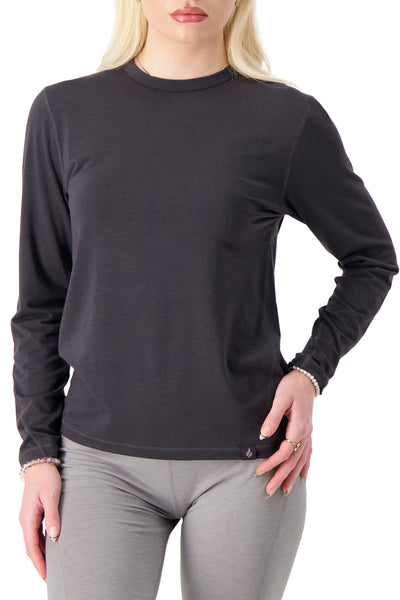When the temperatures drop and winter activities beckon, many individuals turn to thermal pants for added warmth and comfort. However, a common question arises: Should one wear underwear under thermal pants? This article delves into the various factors influencing this decision, including comfort, practicality, and personal preference.
The Purpose of Thermal Pants
Thermal pants are designed to provide insulation and retain body heat, making them a popular choice for outdoor activities in cold weather. They are typically made from materials that wick moisture away from the skin while providing a snug fit. Understanding their purpose can help determine whether additional layers, such as underwear, are necessary.
Insulation and Moisture Management
The primary function of thermal pants is to keep the wearer warm. They achieve this by trapping heat close to the body while allowing moisture to escape. This moisture-wicking capability is crucial during physical activities, as it helps prevent chills caused by sweat accumulation.
When considering whether to wear underwear, it is important to note that some thermal pants are designed to be worn directly against the skin. This can enhance their moisture management properties, as the fabric can more effectively wick sweat away without the barrier of additional clothing. Additionally, many thermal pants are crafted with advanced synthetic fibers or Merino wool, which provide warmth and have natural anti-odor properties, making them ideal for extended wear during outdoor adventures.
Comfort and Fit
Comfort is subjective and can vary significantly from person to person. Some individuals may find that wearing underwear under thermal pants adds an extra layer of comfort, while others may feel restricted or overheated. The fit of thermal pants also plays a crucial role; if they are too tight, additional layers can lead to discomfort.
Choosing the right size and style of thermal pants can mitigate some of these concerns. For example, looser-fitting thermal pants may allow for more freedom of movement and comfort when layered with underwear.
Moreover, many brands offer thermal pants with features such as flatlock seams to reduce chafing and a range of waistbands designed to provide a secure yet comfortable fit. These thoughtful design elements can significantly enhance the overall experience, especially during activities like skiing, hiking, or snowboarding, where mobility and comfort are paramount.
Furthermore, thermal pants come in various thicknesses and styles, catering to different levels of activity and temperature conditions. Lightweight options are perfect for high-intensity activities where breathability is essential, while heavier versions are ideal for low-energy pursuits in frigid environments. This versatility allows outdoor enthusiasts to select the perfect pair of thermal pants tailored to their specific needs, ensuring they remain warm and comfortable no matter the conditions they face.
Factors to Consider
Before deciding whether to wear underwear under thermal pants, several factors should be taken into account. These include the type of activity, the weather conditions, and personal comfort preferences.
Type of Activity
The type of outdoor activity being undertaken can significantly influence the decision. For instance, activities that involve high levels of exertion, such as skiing or hiking, may warrant a different approach than more sedentary activities like ice fishing.
-
High-Intensity Activities: During activities that generate a lot of heat, wearing thermal pants without underwear may be preferable to maximize breathability.
-
Low-Intensity Activities: For activities with less physical exertion, wearing underwear may provide added warmth and comfort.
Weather Conditions
Weather conditions also play a crucial role in determining whether to wear underwear under thermal pants. In extremely cold conditions, additional layers may be beneficial for insulation. Conversely, milder temperatures may allow for more flexibility in clothing choices.
Furthermore, if the weather is particularly wet or snowy, moisture management becomes even more critical. In such cases, thermal pants designed to be worn directly against the skin may be the better option to prevent dampness. The fabric's ability to wick moisture away from the body can greatly enhance comfort, especially during prolonged exposure to cold and wet environments.
Personal Preference

Ultimately, personal preference is a significant factor in this decision. Some individuals may prefer the feeling of added layers, while others may prioritize the sleek fit of thermal pants worn alone. Trying out different combinations can help determine what feels best.
It is also worth noting that the material of the thermal pants can impact comfort levels. Fabrics such as Merino wool or synthetic blends may provide different sensations against the skin, influencing the decision to wear underwear. For example, Merino wool is known for its natural moisture-wicking properties and temperature regulation, making it a popular choice among outdoor enthusiasts. On the other hand, synthetic materials often offer enhanced durability and quick-drying capabilities, which can be particularly advantageous in variable weather conditions.
Additionally, the cut and fit of both the thermal pants and any potential underwear can affect overall comfort. Some may find that certain styles of underwear, such as boxers or briefs, provide a better fit under thermal pants, while others might prefer the freedom of going commando. Exploring various styles and fits can lead to a more enjoyable outdoor experience, allowing individuals to focus on their activities rather than their clothing choices.
Types of Underwear for Layering
If the decision is made to wear underwear under thermal pants, the choice of underwear can enhance comfort and performance. Various styles and materials can provide different benefits.
Material Matters
When selecting underwear to wear under thermal pants, the material is critical. Opting for moisture-wicking fabrics can help maintain comfort during physical activities. Here are some popular materials:
-
Microfiber: Lightweight and breathable, microfiber is an excellent choice for moisture management.
-
Merino Wool: Known for its insulating properties, Merino wool is breathable and odor-resistant.
-
Synthetic Blends: Many modern athletic underwear options combine synthetic materials for stretch and durability.
In addition to these materials, consider how they interact with your body during movement. For instance, microfiber wicks moisture away and dries quickly, making it perfect for those who may sweat during outdoor activities. Merino wool, while traditionally associated with warmth, is surprisingly versatile; it can keep you cool in warmer conditions due to its natural breathability. Synthetic blends often incorporate spandex or elastane, which allows for a snug fit without restricting movement, ideal for high-energy sports.
Style Considerations
The style of underwear can also impact comfort and fit. Here are a few styles to consider:
|
Style |
Description |
Best For |
|---|---|---|
|
Boxers |
Loose-fitting and comfortable, but may bunch under thermal pants. |
Casual wear or low-intensity activities. |
|
Briefs |
Provides support and minimizes bunching, ideal for layering. |
High-intensity activities. |
|
Long Johns |
Offers additional warmth and coverage, can be worn as a base layer. |
Very cold weather or low-intensity activities. |
Each style serves a unique purpose, and understanding these can help you make the best choice for your needs. For example, boxers are often favored for their comfort during lounging or casual outings, but they may not provide the support needed for more vigorous activities. Briefs, on the other hand, are designed to stay in place, making them a go-to for athletes who require reliable support. Long Johns, while traditionally seen as a winter staple, are increasingly popular for year-round layering, especially in colder climates where maintaining body heat is essential. Additionally, many brands now offer thermal options that are functional and stylish, allowing you to feel confident while staying warm.
Pros and Cons of Wearing Underwear Under Thermal Pants
As with any clothing decision, there are advantages and disadvantages to consider when deciding whether to wear underwear under thermal pants. Understanding these can help inform the choice.

Pros
-
Added Warmth: Underwear can provide an extra layer of insulation, which is beneficial in extremely cold conditions. This is particularly true for those who engage in outdoor activities like skiing or snowboarding, where temperatures can plummet.
-
Comfort: Some individuals may find additional layers more comfortable, particularly if they prefer a softer fabric against their skin. Fabrics such as Merino wool can enhance comfort levels, providing a cozy feel that can make all the difference on a chilly day.
-
Support: Certain styles of underwear, like briefs, can offer additional support during physical activities. This can be especially important for men, as the right fit can prevent chafing and provide a secure feel during rigorous movement.
Cons
-
Bulkiness: Wearing underwear can add bulk, which may lead to discomfort or restrict movement, especially in tight-fitting thermal pants. This is a common concern for athletes who require a full range of motion, as any extra fabric can hinder performance.
-
Overheating: In high-intensity activities, wearing too many layers can lead to overheating and excessive sweating. This can be counterproductive, as the body’s natural cooling mechanisms may be compromised, leading to fatigue and discomfort.
-
Moisture Retention: If the underwear is not moisture-wicking, it can trap sweat against the skin, leading to discomfort. This is particularly problematic in colder climates where moisture can lead to chilling, negating the benefits of thermal pants.
Additionally, the choice of fabric plays a significant role in the overall experience of wearing thermal pants with or without underwear. For instance, synthetic materials like polyester or nylon are often designed to wick moisture away from the body, making them a better option for those who may sweat during physical activities.
Another factor to consider is the fit of the thermal pants themselves. Some thermal pants are designed with built-in support and coverage, which may eliminate the need for additional underwear. This can streamline the dressing process and reduce the risk of discomfort from seams or tags. Ultimately, personal preference and the specific activity will dictate the best choice for each individual, making it essential to try different combinations to find what works best.
Alternatives to Wearing Underwear
For those who prefer not to wear underwear under thermal pants, several alternatives can provide comfort and warmth without additional layers.
Seamless Thermal Pants
Seamless thermal pants are designed to be worn directly against the skin without the need for underwear. These garments often feature advanced moisture-wicking technology and are made from soft, stretchy materials that enhance comfort. They can be an excellent choice for those who prioritize a streamlined fit. Additionally, seamless designs reduce the risk of chafing and irritation, making them ideal for long days spent outdoors or during physical activities. The lack of seams also contributes to a sleek silhouette, allowing for a more flattering appearance under fitted clothing.
Thermal Leggings with Built-In Support
Some thermal leggings come with built-in support features, such as a higher waistband or additional compression zones. These designs can provide the benefits of underwear without the need for an additional layer, making them a convenient option for outdoor activities. The compression elements can enhance blood circulation and reduce muscle fatigue, which is particularly beneficial during extended periods of exercise or cold-weather sports. Furthermore, many of these leggings are crafted with breathable fabrics that help regulate body temperature, ensuring you stay warm without overheating.
Base Layer Solutions
Investing in high-quality base layers that are designed for cold weather can eliminate the need for traditional underwear. Many brands offer thermal base layers that are specifically engineered for warmth, moisture management, and comfort. These garments can be worn alone or under thermal pants for added insulation. In addition to their functional benefits, base layers often come in a variety of styles and colors, allowing you to express your personal style while staying comfortable. Some models even incorporate odor-resistant technology, ensuring you feel fresh throughout your day, whether you're hiking in the mountains or enjoying a casual outing in chilly weather.
Heat Holders® Base Layers
The decision to wear underwear under thermal pants ultimately depends on various factors, including the type of activity, weather conditions, and personal comfort preferences. By considering the pros and cons, as well as exploring alternatives, individuals can make an informed choice that best suits their needs. Whether opting for the sleek fit of thermal pants alone or layering with underwear, the goal remains the same: to stay warm and comfortable during cold-weather activities.
Are you looking for a pair of thermal pants? Check out Heat Holders®. They sell thermal pants for men and women, so you can be sure to find something that fits your needs. Check out Heat Holders® CeraCore thermal pants. They are made with ceramic-infused fabric to keep you incredibly warm during the cold winter months. Happy shopping!



